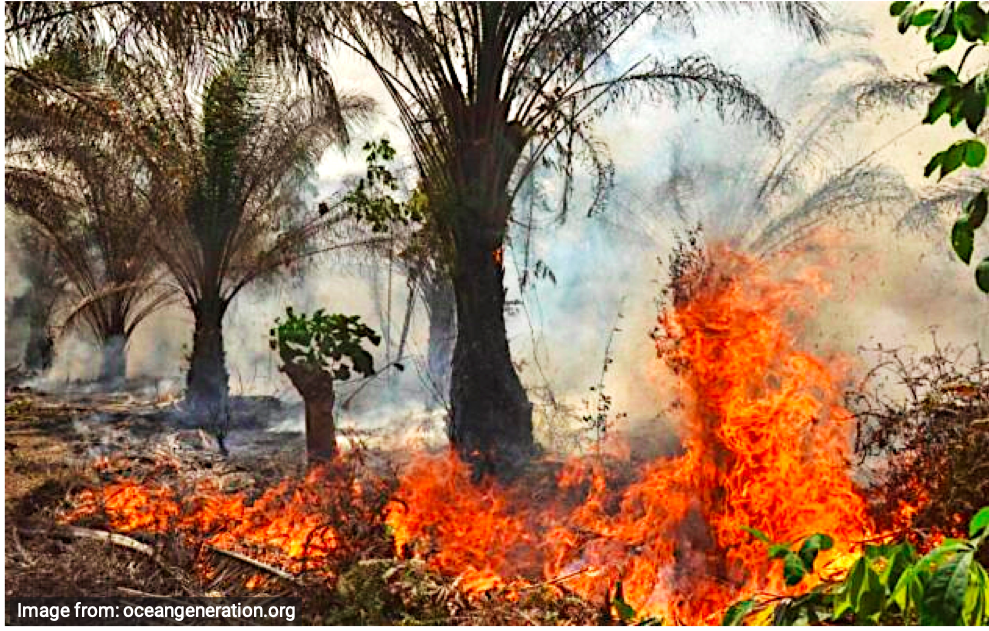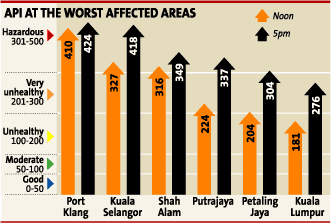
The term “slash-and-burn” may conjure an image of destruction in many people’s minds, but according to those who practises it, it is believed to be a sustainable way of farming.
For centuries some indigenous tribes have practised a traditional farming method called “slash-and-burn”, which to them is a sustainable way of farming to put food on the table.
It is also called Swidden or shifting cultivation, and this method involves cutting down trees in a specific area, before fire is then ignited to burn them.
Although the farmers with their slash-and-burn farming method always get blamed for environmental pollution, especially haze, the Dayak, especially the Iban communities who live across West Kalimantan and some parts of Sarawak continue to use this technique to prepare for a new planting season.
Because if they don’t, there will be no food for them to eat and survive.
To fertilise other farming areas
Slash-and-burn farming method helps indigenous farmers to survive another planting season.
Before igniting the fire, the farmers will clear the slashing and burning area of tree branches and dried leaves to prevent the fire from spreading to other areas. The ethnic leader will then sprinkle the area with blessed water, and the fire will be started.
After the fire has burned the cut-down trees, the same farmers will make sure it is completely put out before they leave the area.
The ashes of the burned trees are gathered and used to fertilise other farming areas such as paddy fields and fruit trees.
Other than that, burning an area will also allow a weeding process on the land, where infertile parts of the land are removed. This area then becomes one of the old growth forests.
Slashing and burning old growth forests are safer, more practical, and less time consuming, because the previous fire has already weeded the infertile parts and prevented more of from growing back, allowing new plants to grow before they are cut and burned again.
It doesn’t cause haze
Slash-and-burn method doesn’t cause haze, or at least, that’s what the tribes believe.
Because they choose mineral soil over peatland, it is unlikely for the burning to cause rampant wildfires that could lead to haze. The smoke tends to disappear within 15 to 30 minutes after the fire is put out, unlike the smoke from burning peatland that is usually harder to be extinguished.
In fact, according to researcher Reed L. Wadley, the Iban’s traditional Swidden farming does not contribute to the environmental degradation as many would believe. This is because the Ibans have farmed on the same areas for decades with adequate fallow and little loss of land fertility.
In addition, the Dayak Kualan community in Ketapang regency, West Kalimantan, have long established a traditional customary law known as palayo to punish those who go too far by burning neighbouring lands or forests.
This in turn prevents the farmers from abusing the farming method as a way to burn more forests that could lead to hazards.

If there is one thing about the indigenous people that others should respect is their love for the rainforests – probably a reason why many insist they burn farms, and not forests.
But every year, the haze crisis hits the country, mainly a result from huge open burning.
If no one is taking the blame, then preventing it may be the next good step.
Go back to education, teach the children about the danger of open burning and the consequences people have to live with, and hope that the future will be better inhabited with less air pollution.

